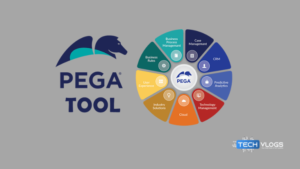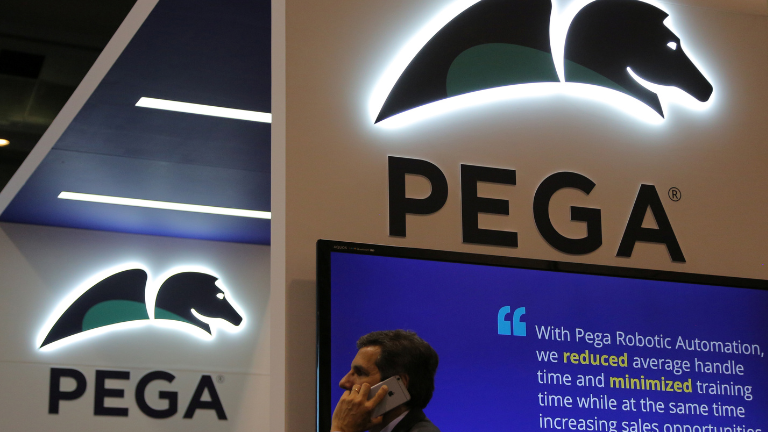Basics of Pega
Basics of Pega is a no-coding tool, It has its own platform Pega Rules Process Commander (PRPC). it, also known as Pegasystems, is a leading software company specializing in customer relationship management (CRM) and business process management (BPM) solutions. Pega’s primary product is the Pega Platform, which is designed to help businesses automate their processes, enhance customer engagement, and improve operational efficiency.

- Change User Account Control Settings
- Bring down the scroll bar to “Never Notify” Save.
- Choose when to be notified prevent potentially harmful programs from making changes to your computer.
- Tell me more about Uses Account Control Settings.
- Always notify -> Never notify
Never notify me when:
- Programs try to install software or make changes to my computer
- I make changes to windows settings.
Not recommended. Choose this only if you need to use programs that are not certified for windows 7 because they do not support, User account Control.
Click OK
Application
Application is set of functionalities, which will be developed by using any technology, Application achieves business Goals.
we can take any online store, purchase center website. This is an online store application which has a set of business functionalities like account creation, product catalogue, item search, cart, check out, payment gateway, and purchase summary. All these are different functionalities.
All these functionalities are part of purchase center application.
Application is set of functionalities providing business solutions.
Types of Applications:
Whenever, if a business want to develop their business application. As a best practice, they think of creating minimum two applications.
- Frame Work Application: It is meant for maintaining the common functionalities. Which can be re used across different implementation applications.
- Implementation application: It will have Specific Functionalities related to the specific lines of business.
- When we create a business, generally, we create two layers
What is the advantages of this approach.
The advantages of Creating FW Application and implementation application architecture is.
- Re – Usability of features.
- Easy to maintain.
- Easy to extend the business processes.
- Financial-profit by Selling the product.
Key Features of Pega
Business Process Management (BPM):
Pega’s BPM capabilities allow organizations to model, automate, and optimize their business processes. This helps in streamlining operations and improving efficiency.
Customer Relationship Management (CRM):
Pega provides robust CRM solutions that help businesses manage their customer interactions, track customer journeys, and enhance customer satisfaction.
Robotic Process Automation (RPA):
Pega integrates RPA to automate repetitive and manual tasks, reducing the burden on human workers and increasing productivity.
Case Management:
Pega’s case management features enable organizations to manage complex work processes that involve multiple steps and participants, ensuring all aspects of a case are handled efficiently.
Artificial Intelligence and Machine Learning:
Pega incorporates AI and machine learning to provide predictive analytics, decision-making support, and personalized customer experiences.
Low-Code Development:
Pega’s low-code platform allows both technical and non-technical users to create and modify applications quickly using visual tools and templates.
Multi-Channel Engagement:
Benefits of Using Pega
Improved Efficiency:
Enhanced Customer Experience:
Pega’s CRM capabilities ensure that businesses can provide personalized and timely interactions, improving overall customer satisfaction.
Flexibility and Scalability:
Moreover, Pega’s platform is highly flexible and scalable, allowing businesses to adapt to changing needs and scale their operations as required.
Rapid Development:
Integration Capabilities:
Financial Services:
Furthermore, it involves automating loan processing, compliance management, and customer service operations.
Healthcare:
Moreover, it involves managing patient information, automating claims processing, and improving patient engagement.
Telecommunications:
Additionally, it enhances customer service, manages network operations, and automates billing processes.
Insurance:
Furthermore, it streamlines claims processing, underwriting, and policy management.
Conclusion


1 thought on “What are Basics of Pega and how it is effective?”